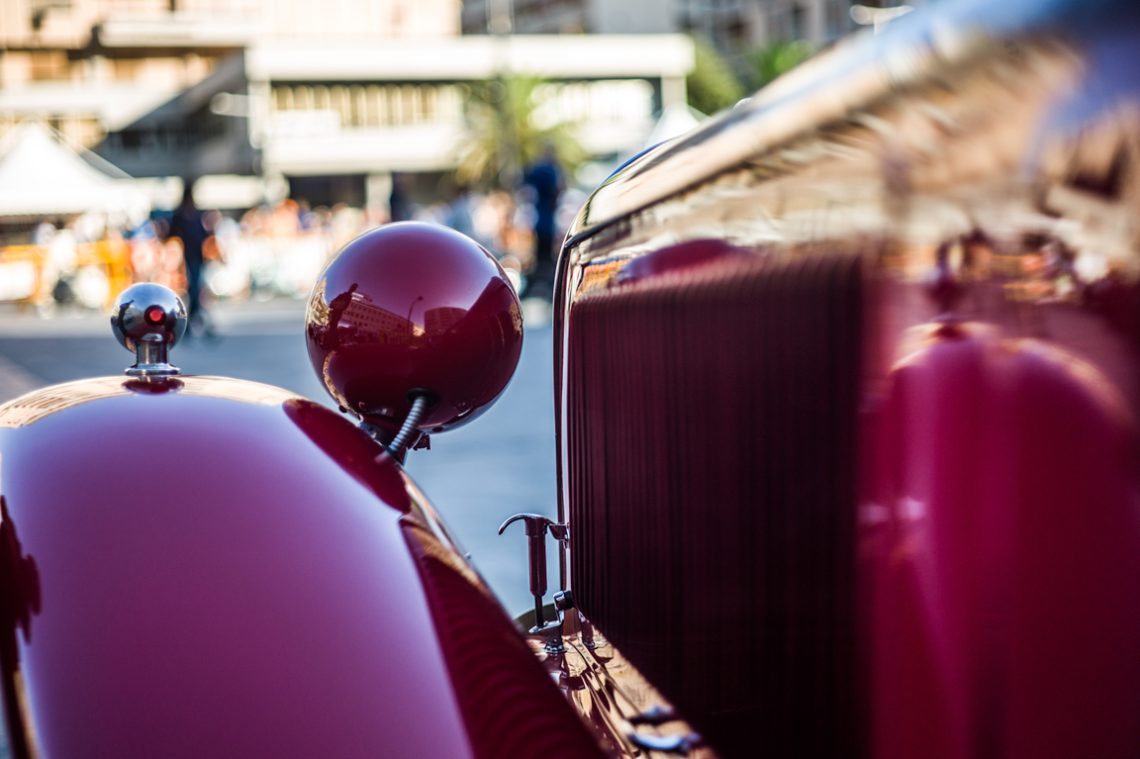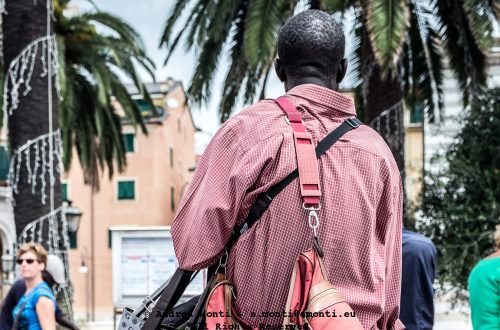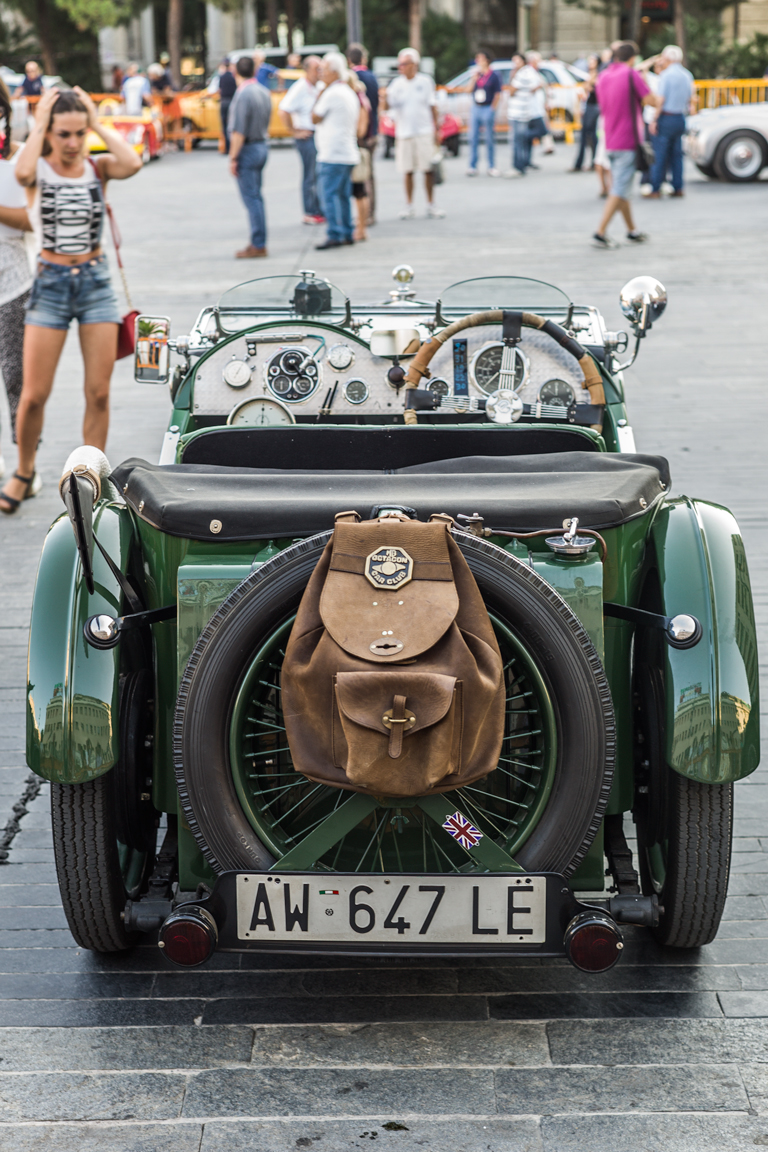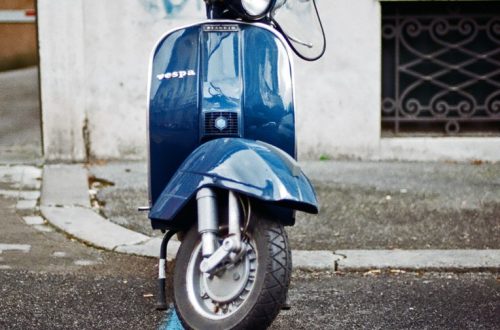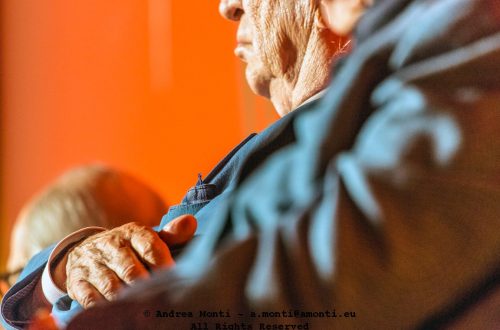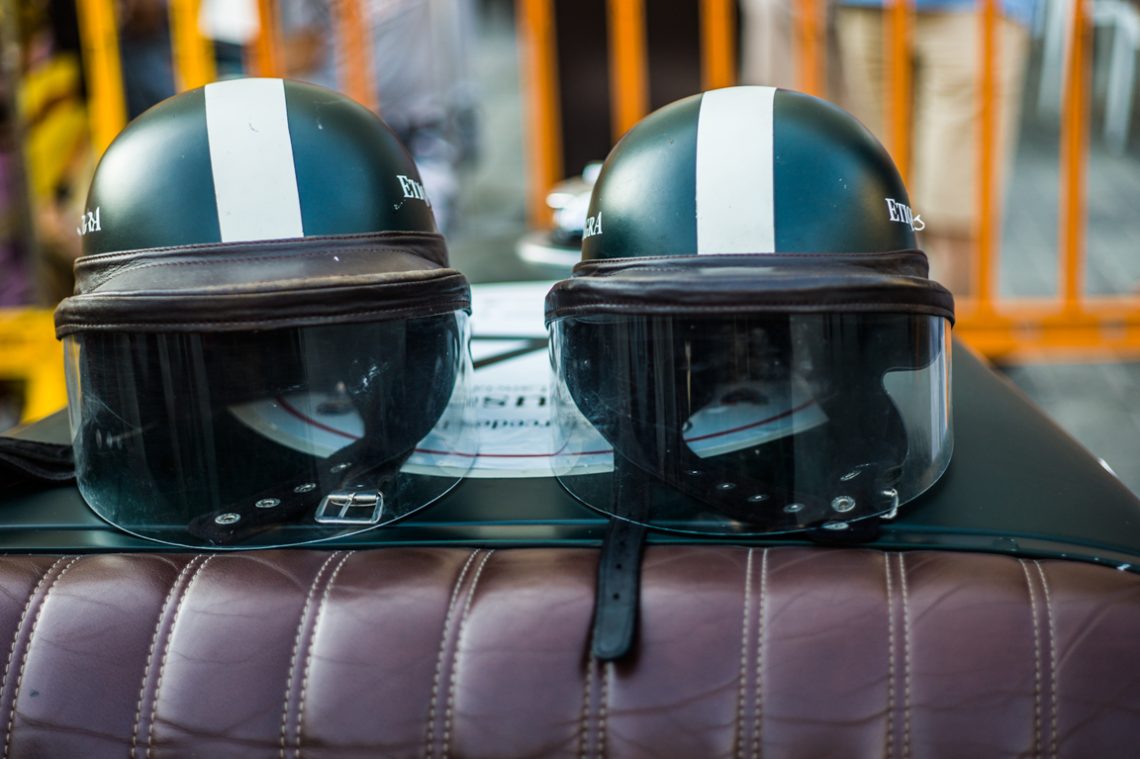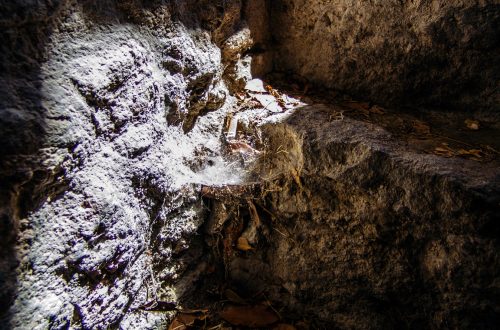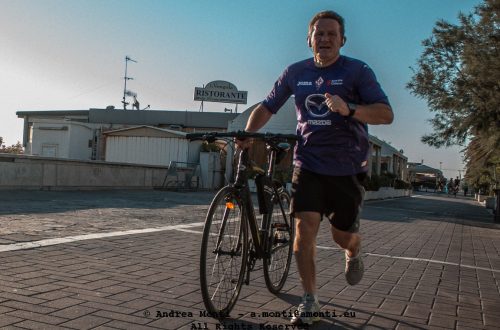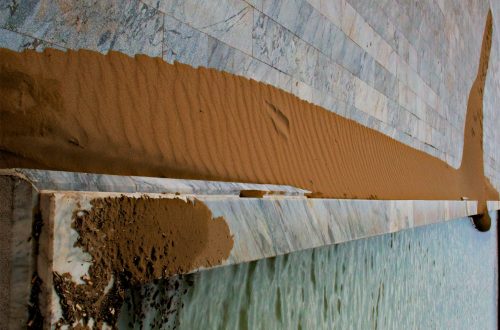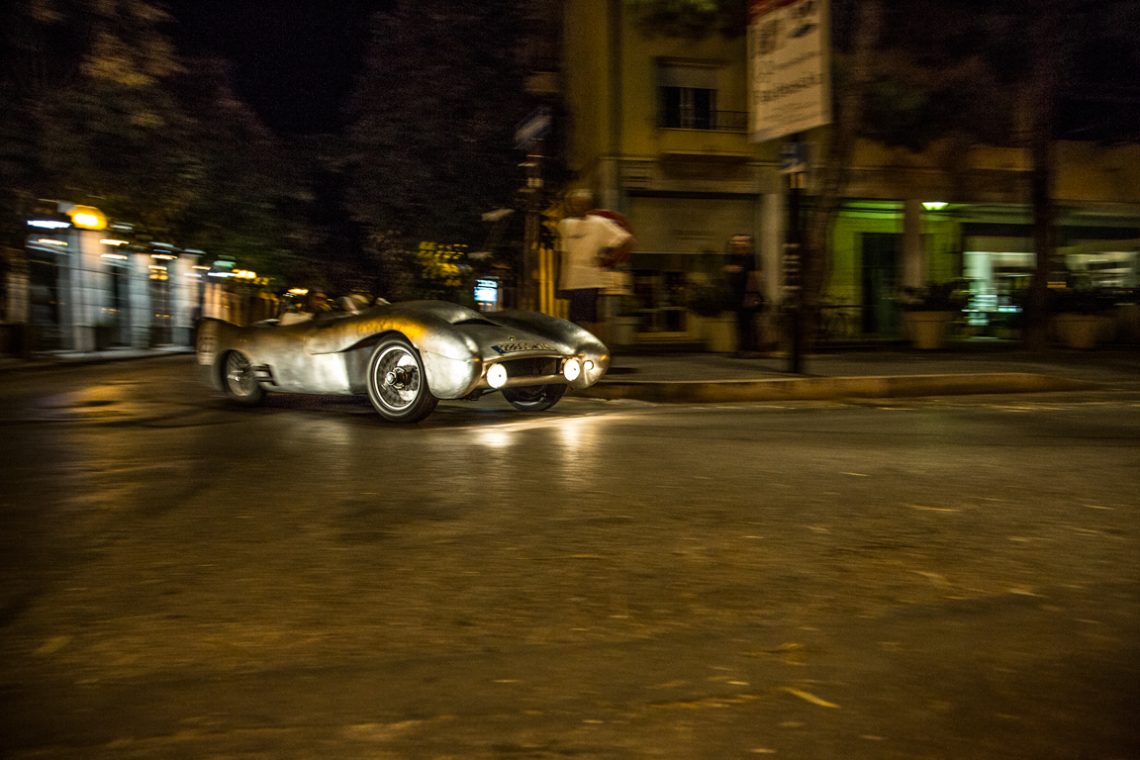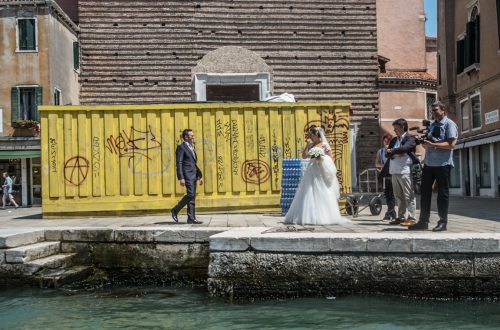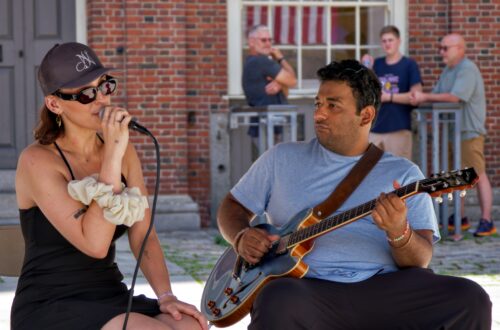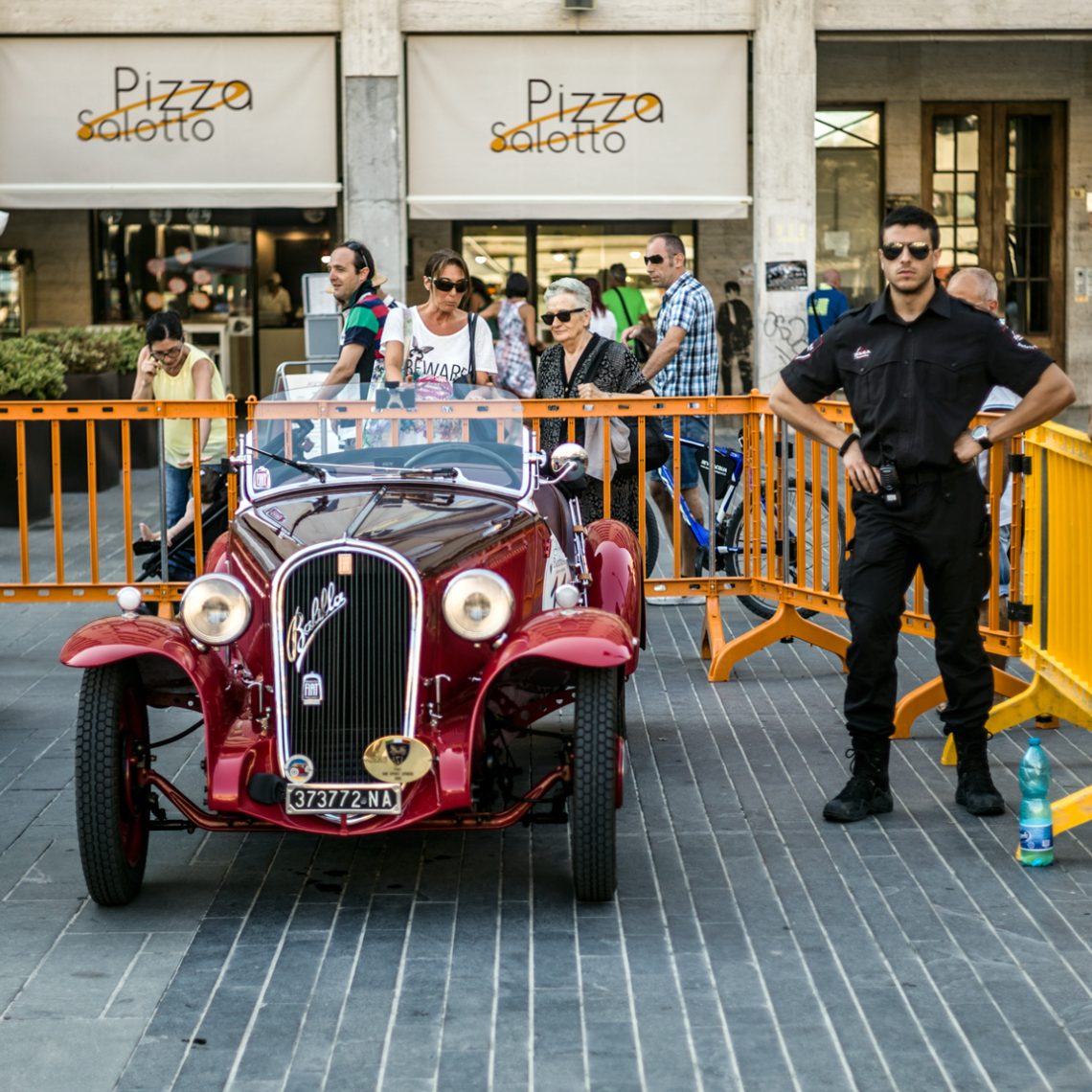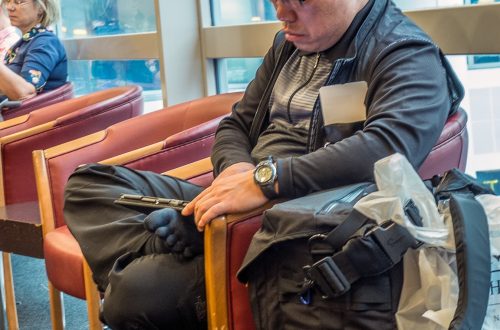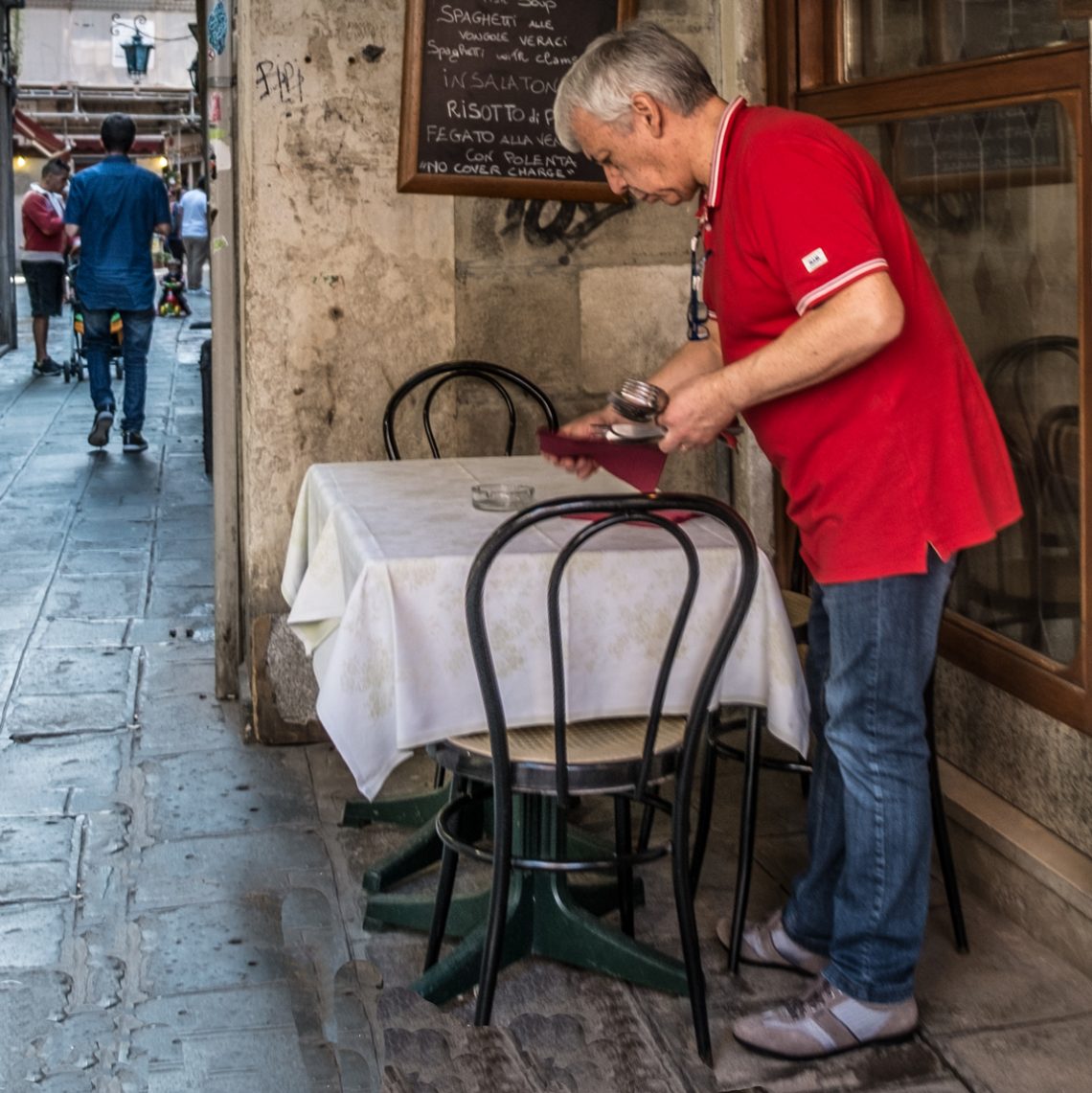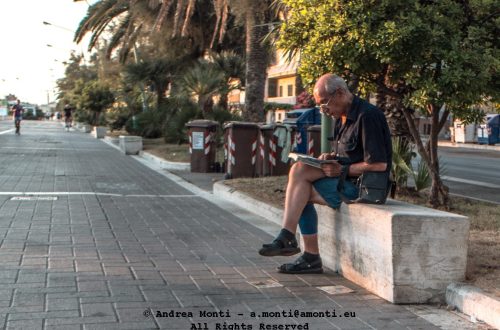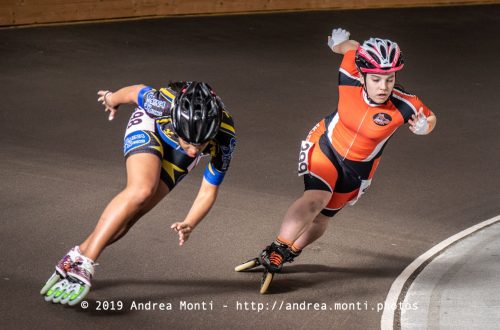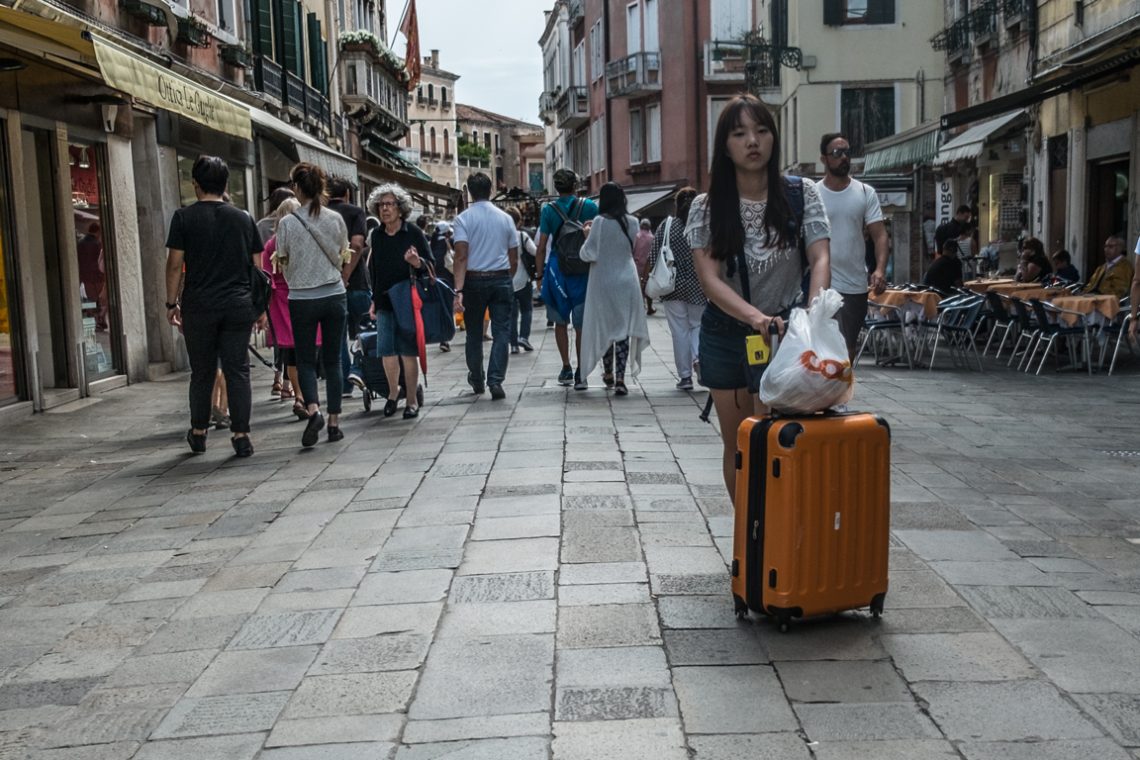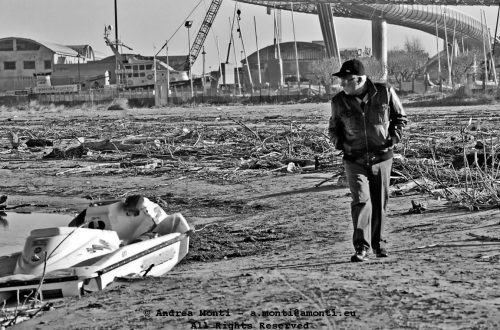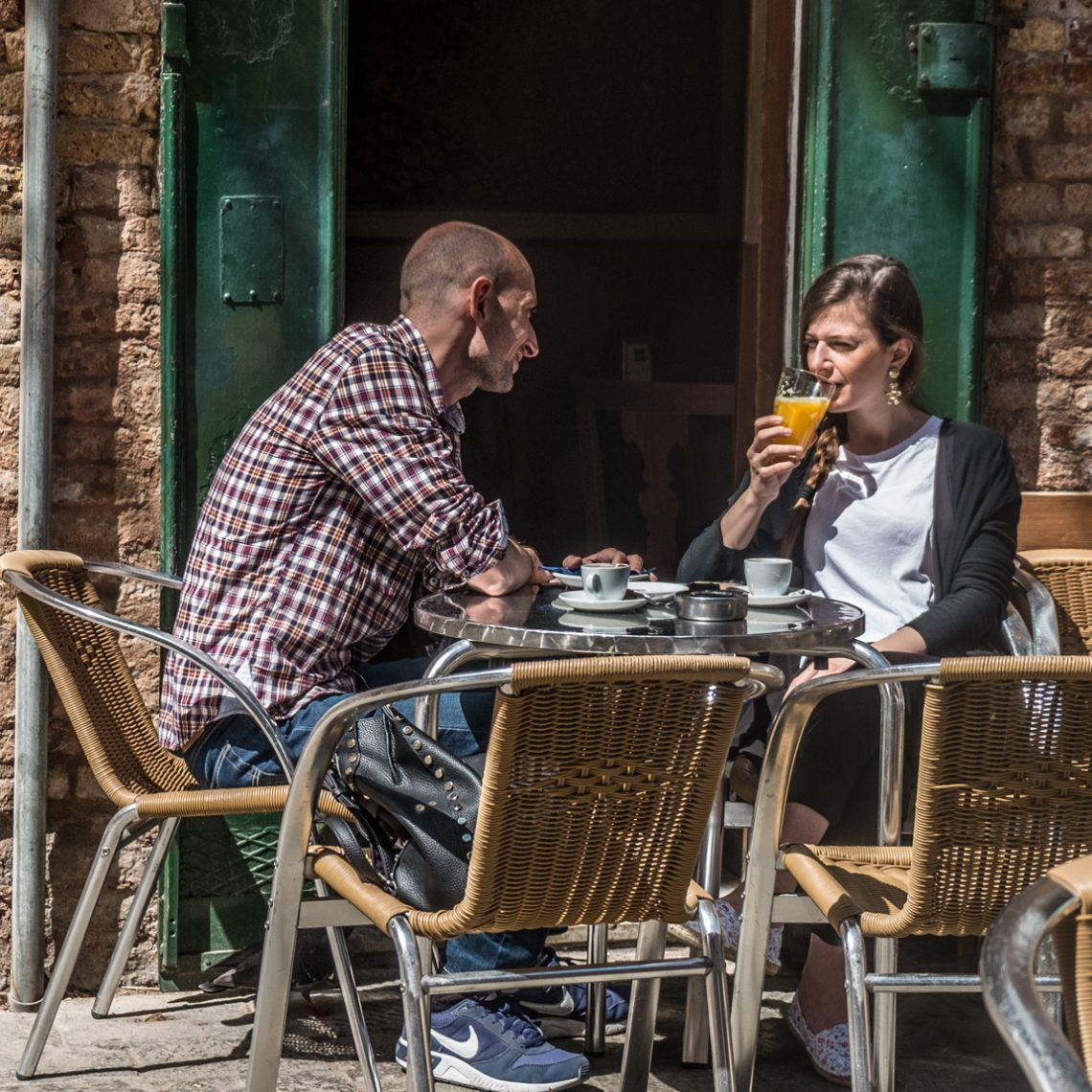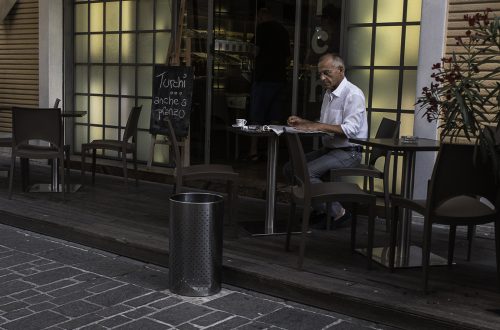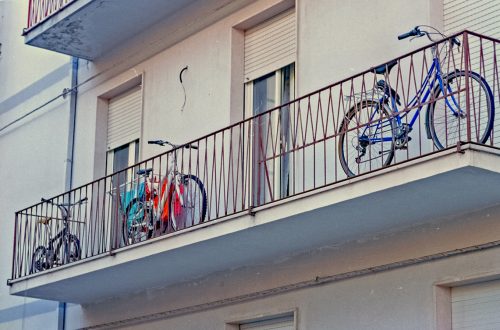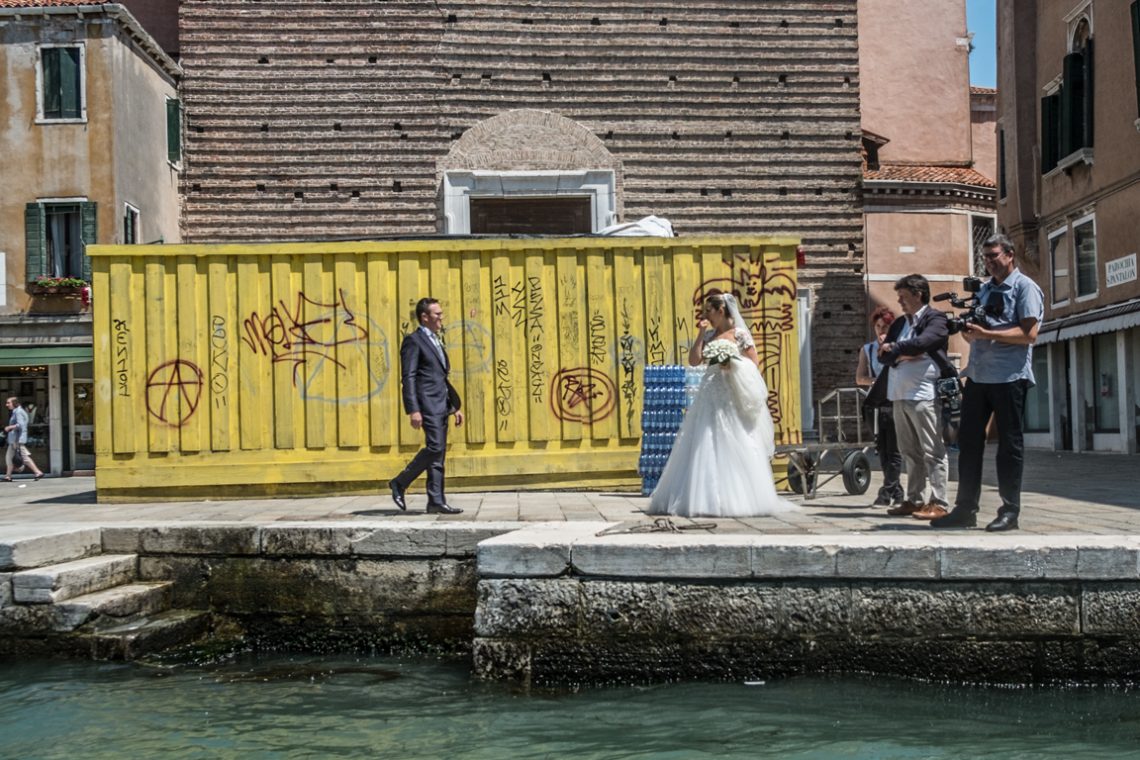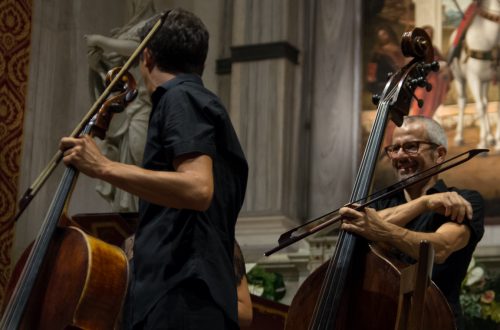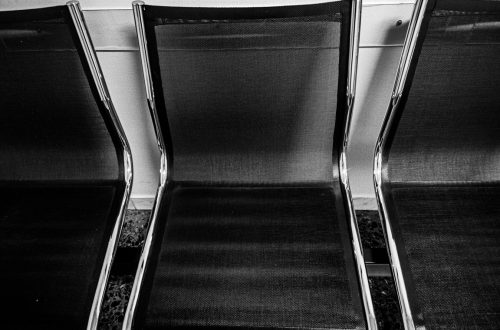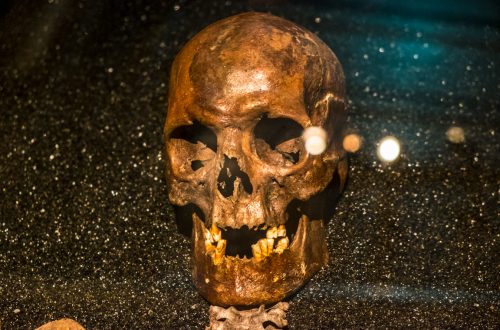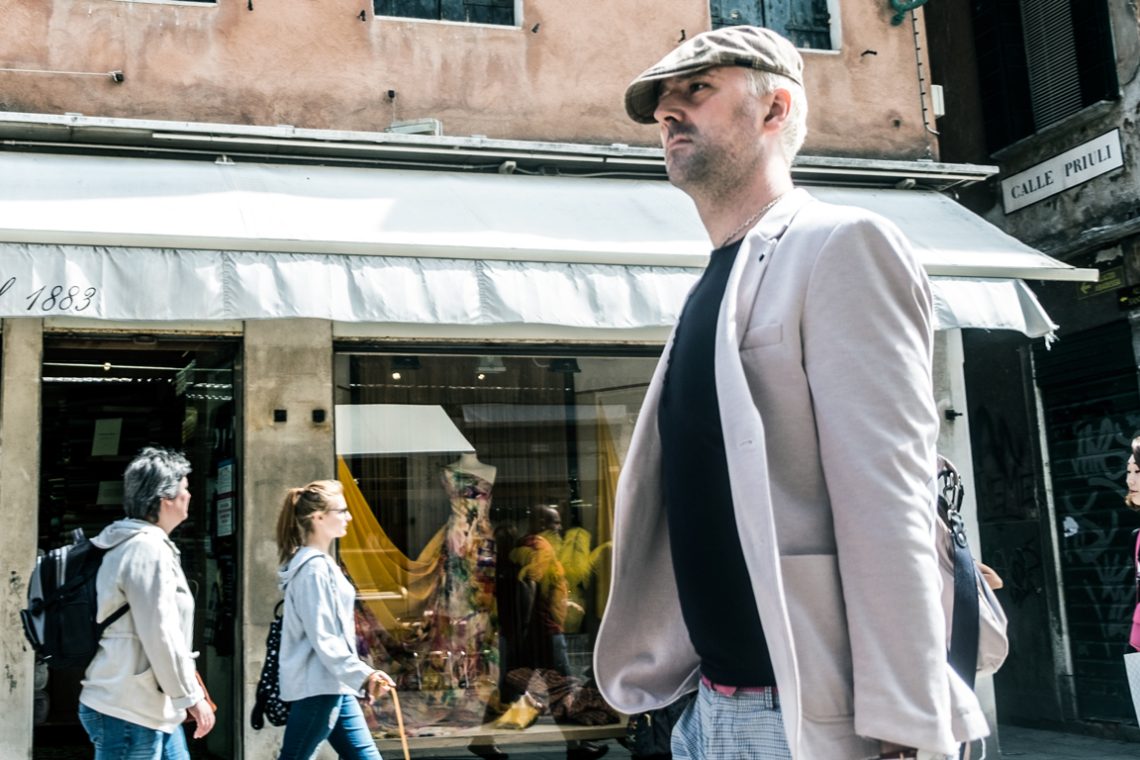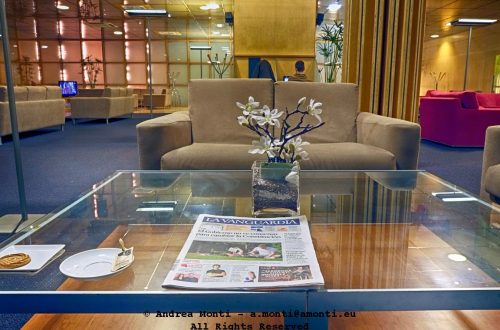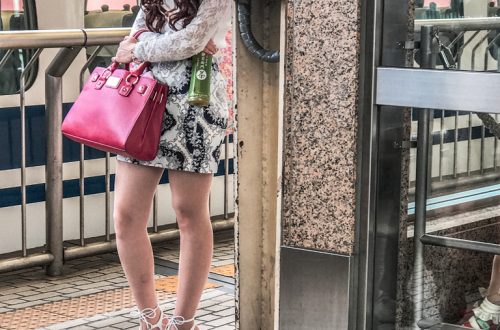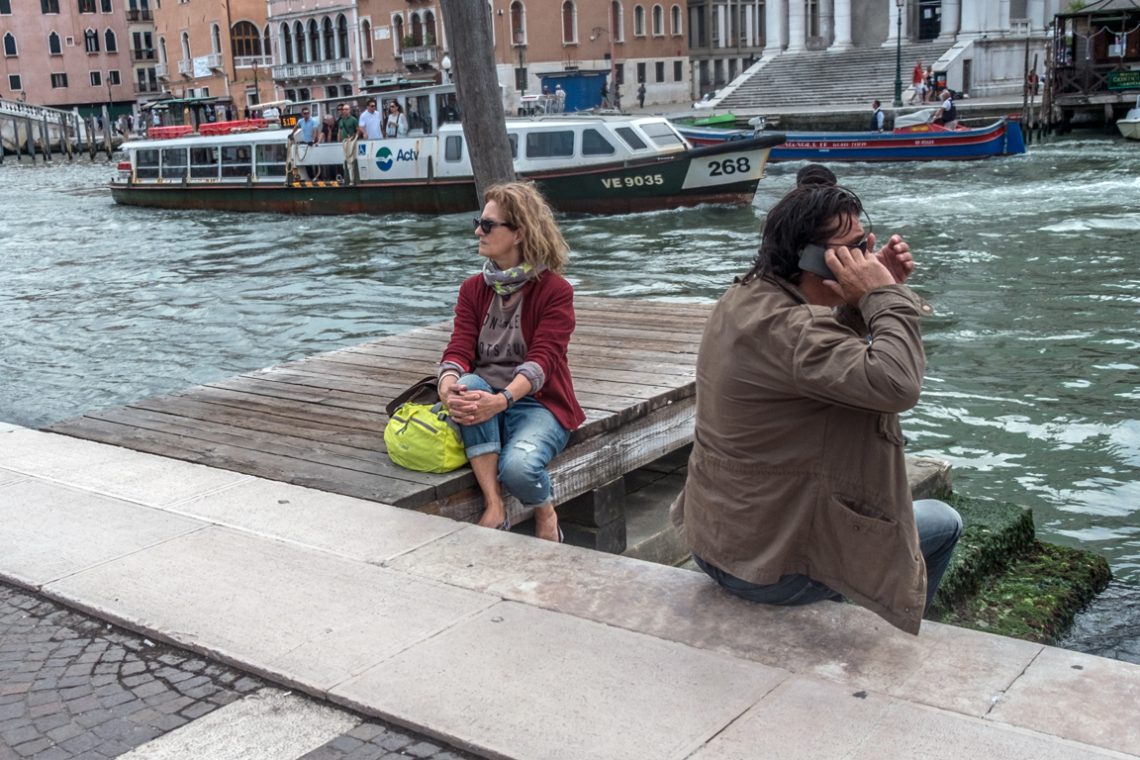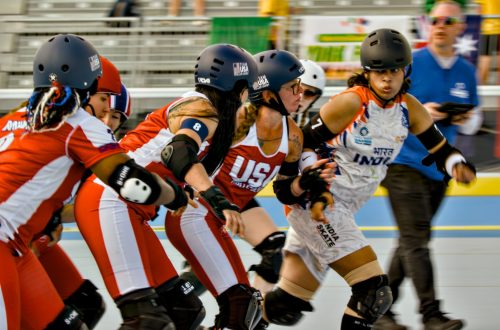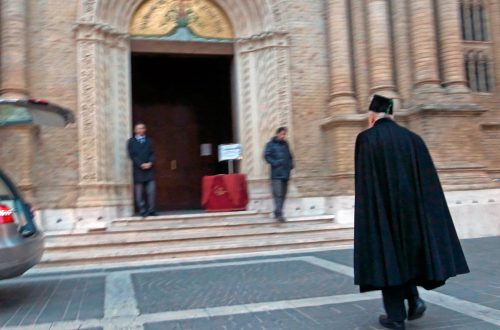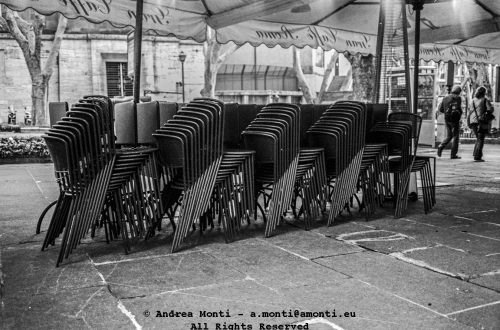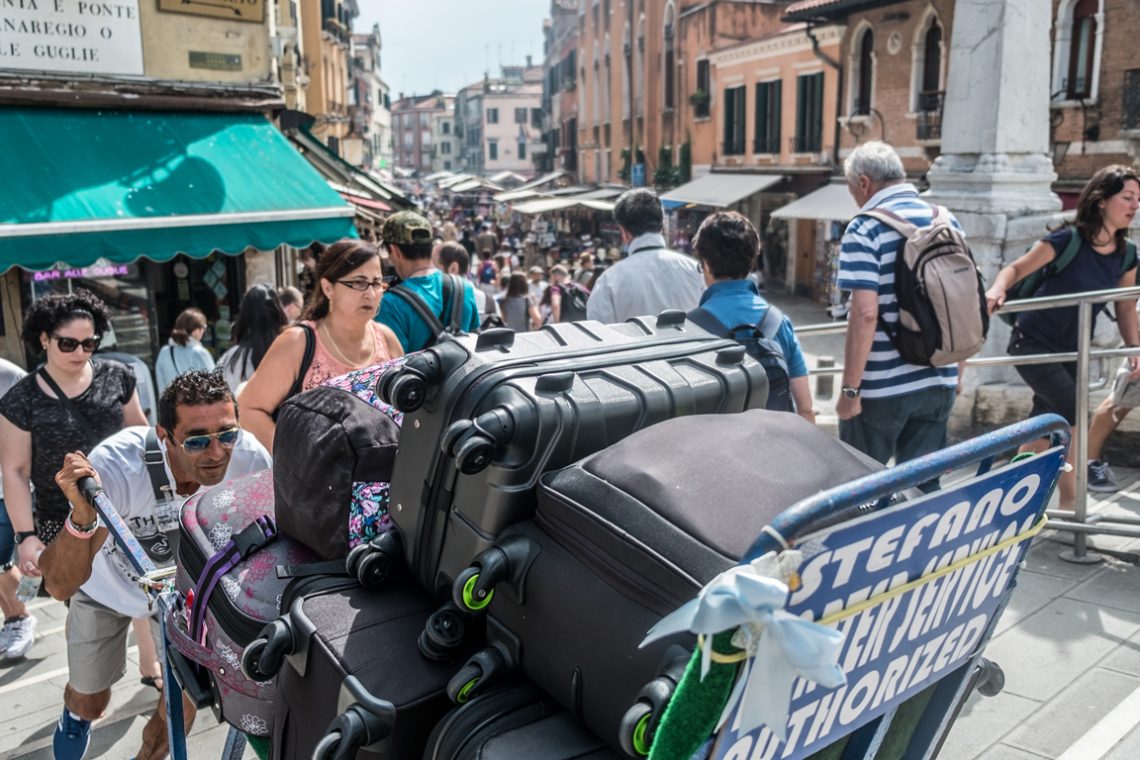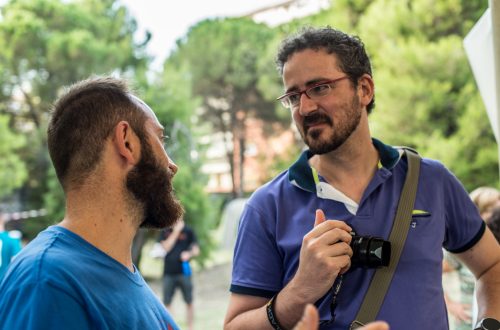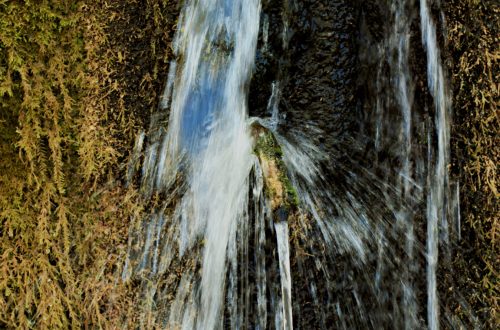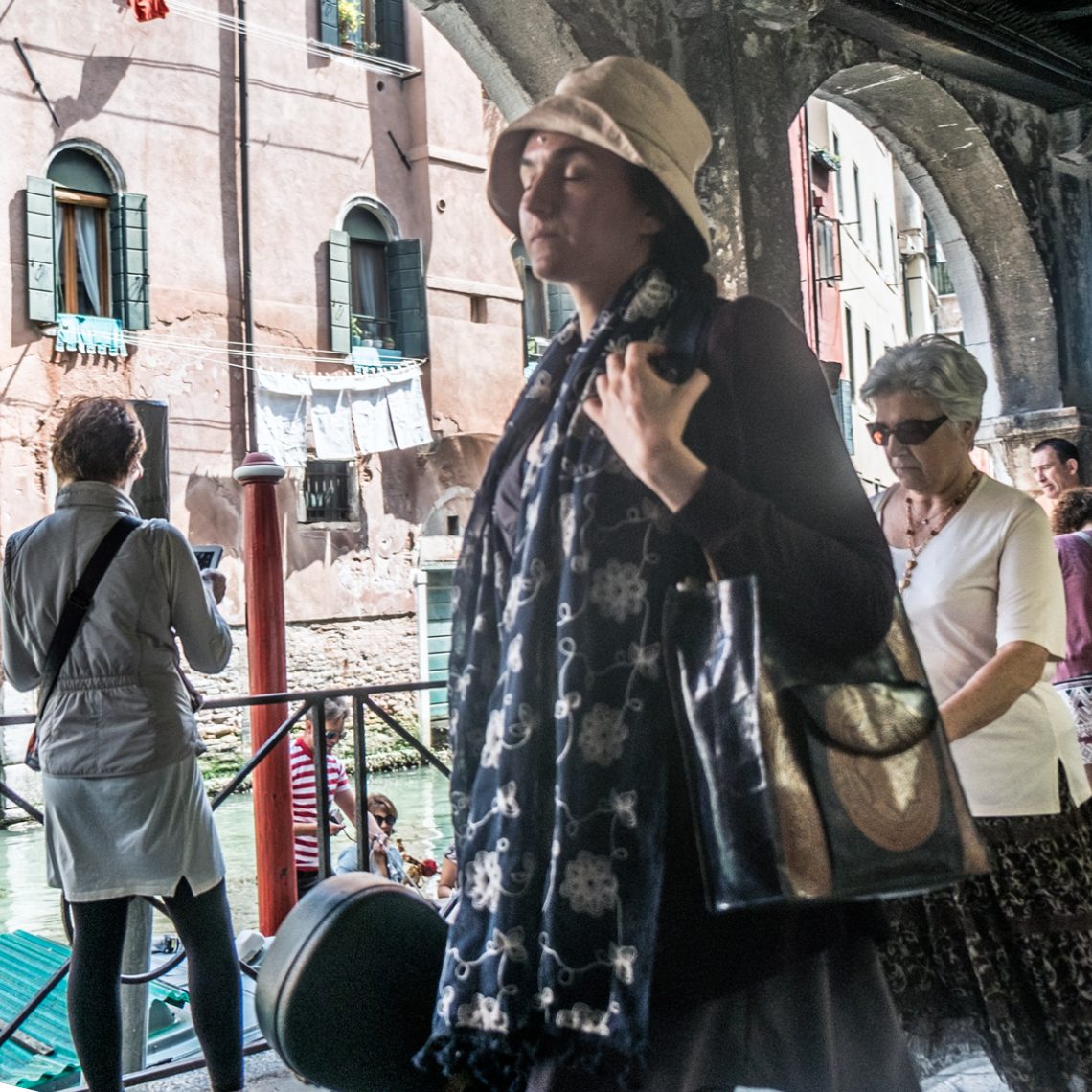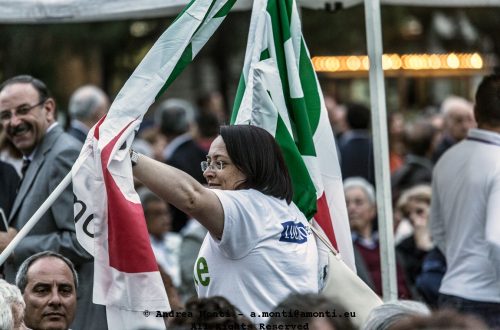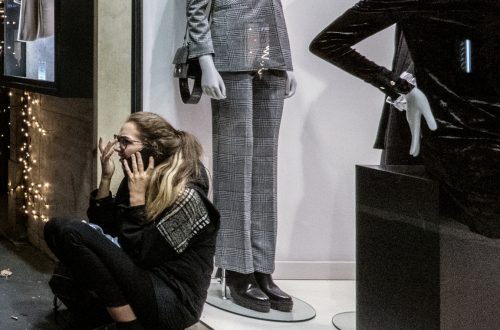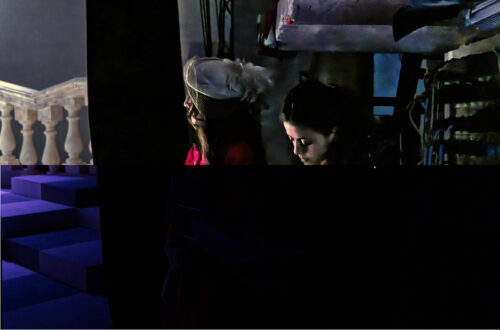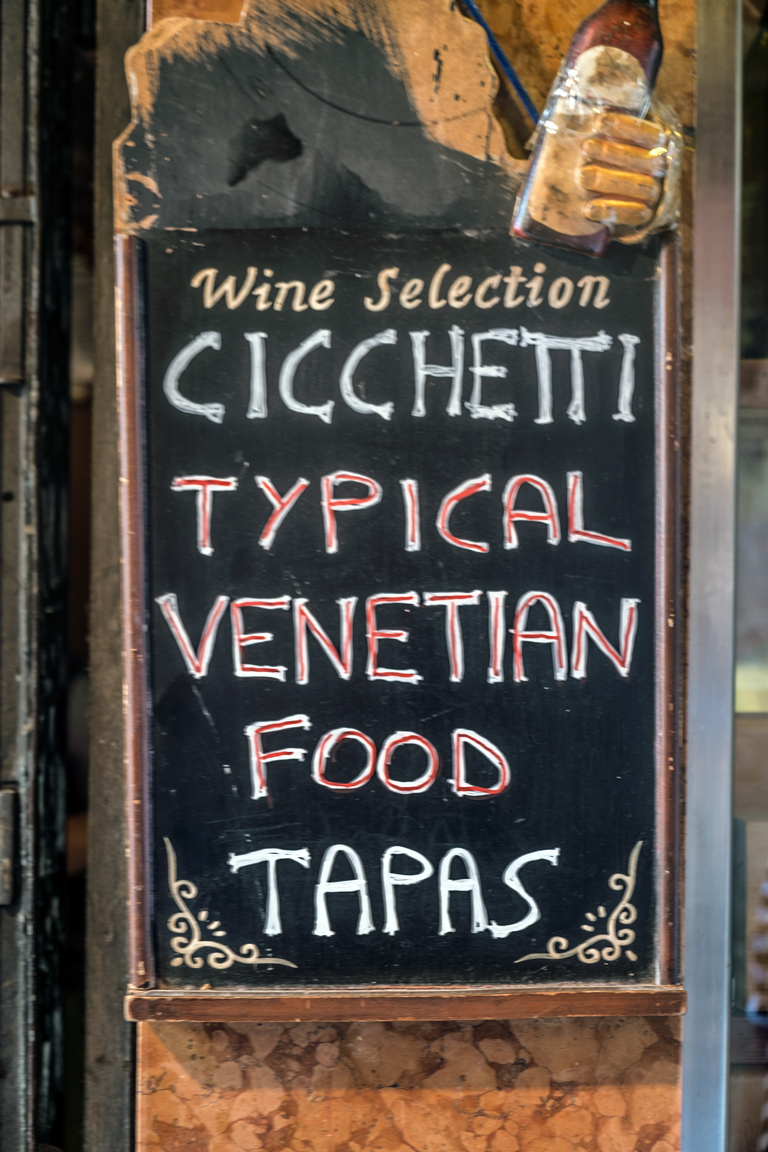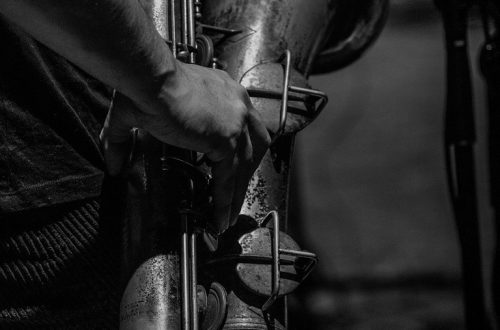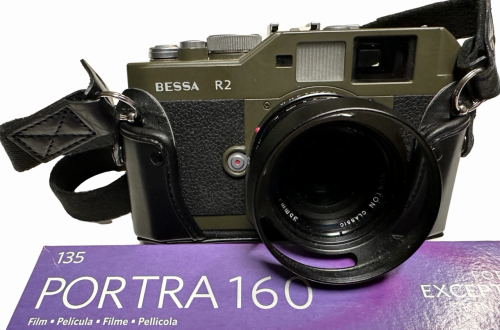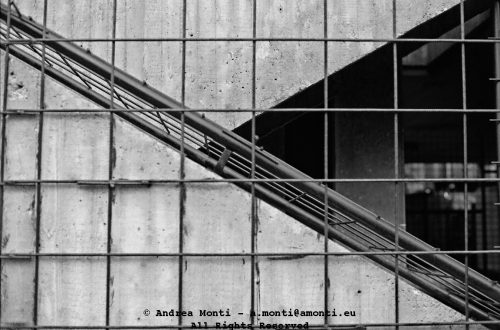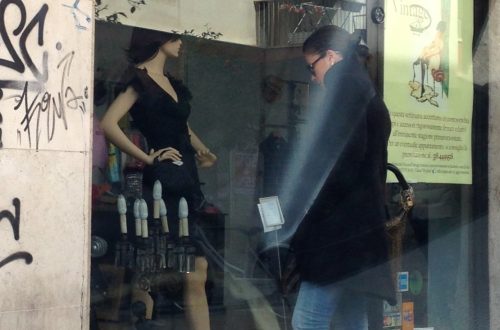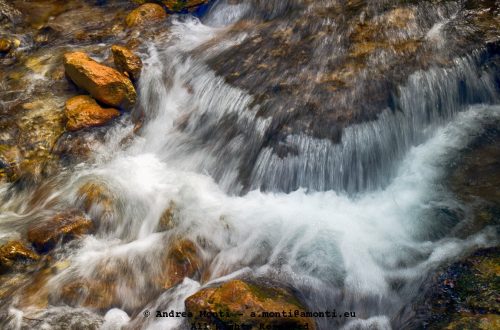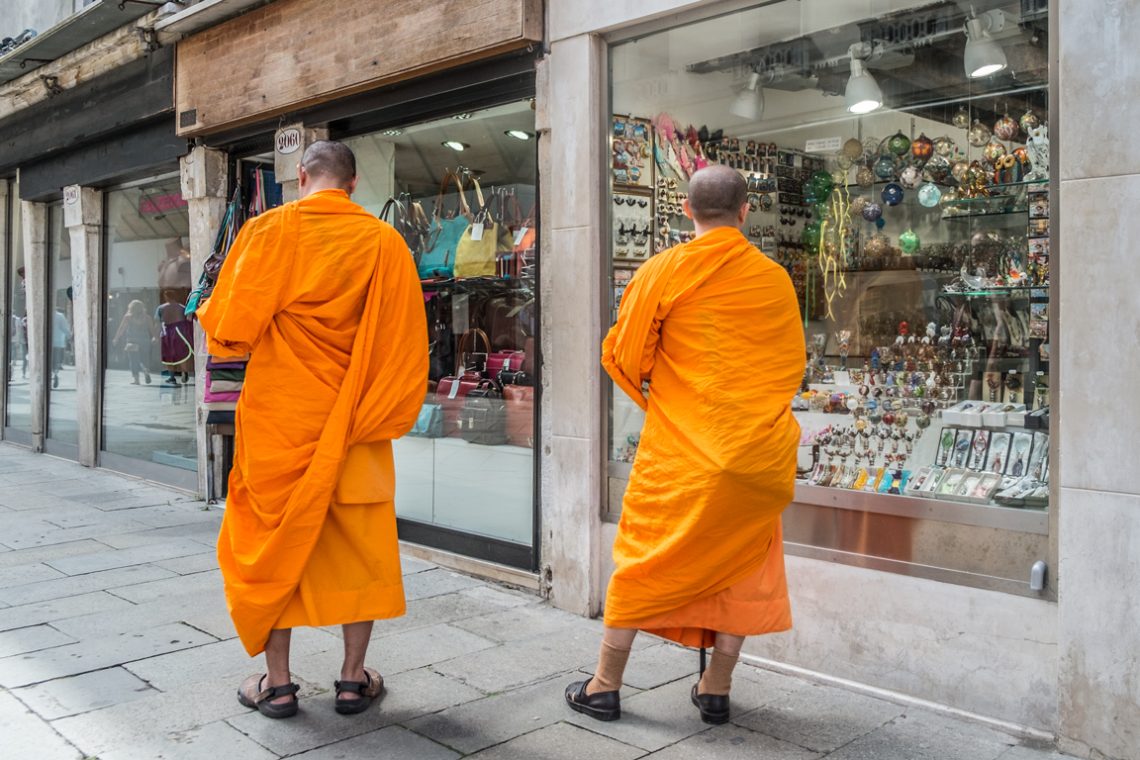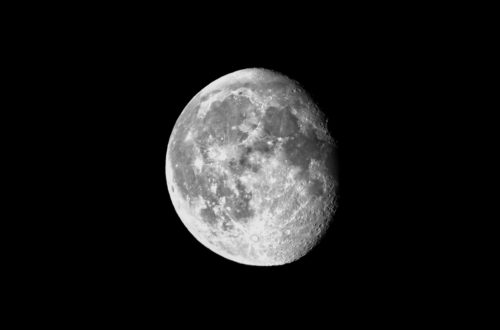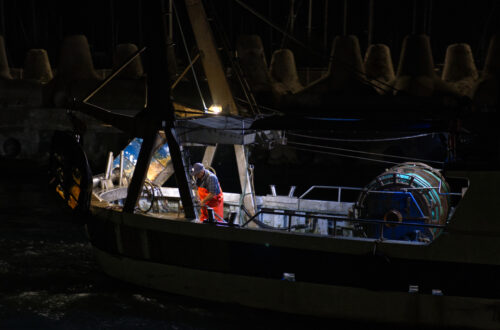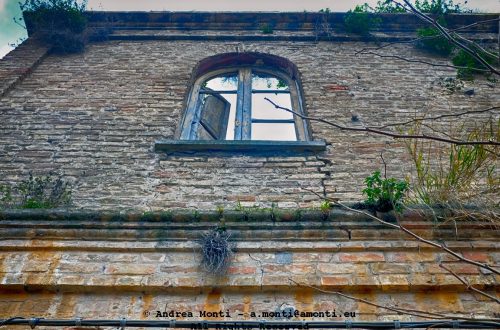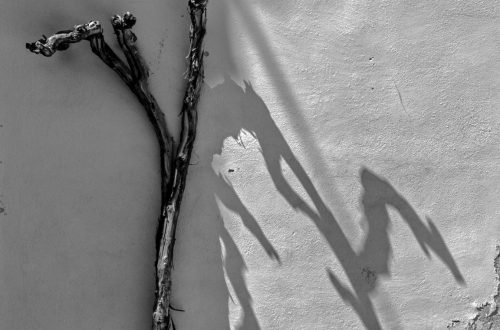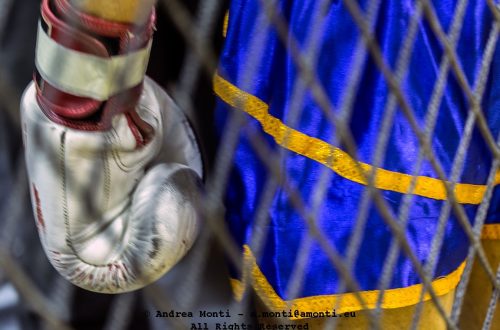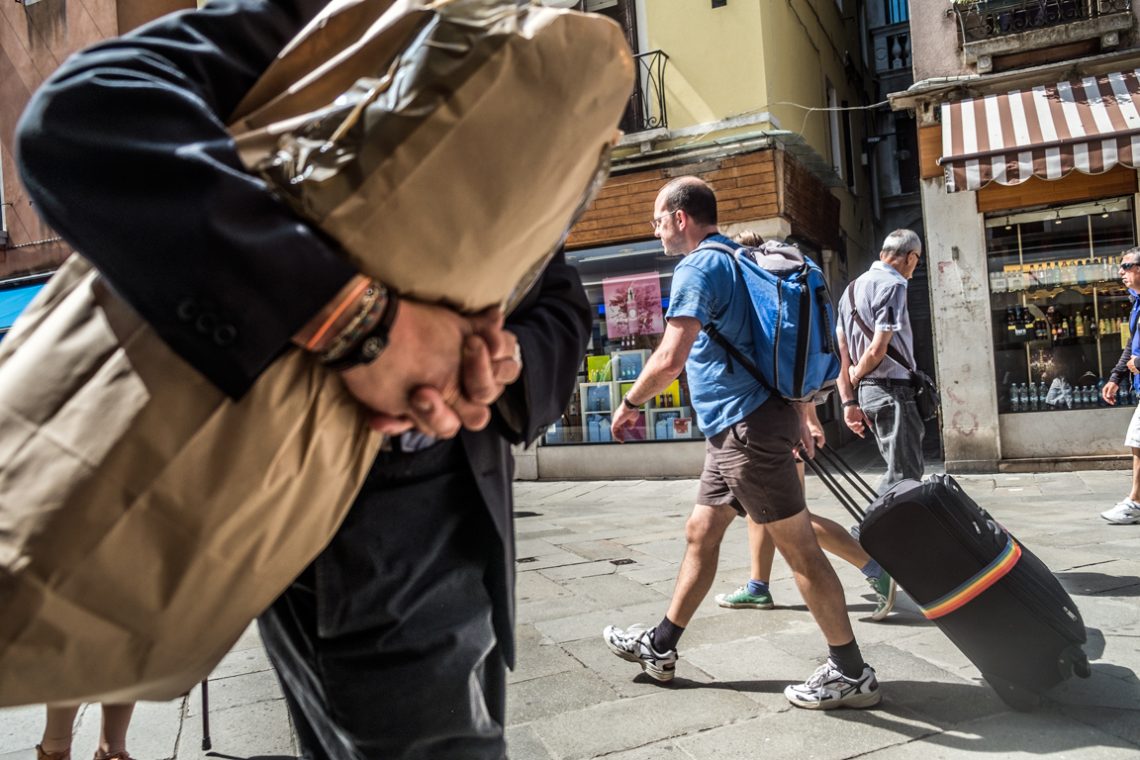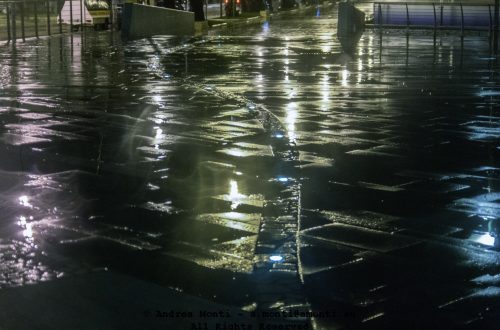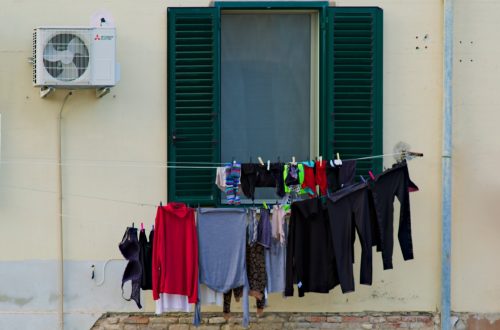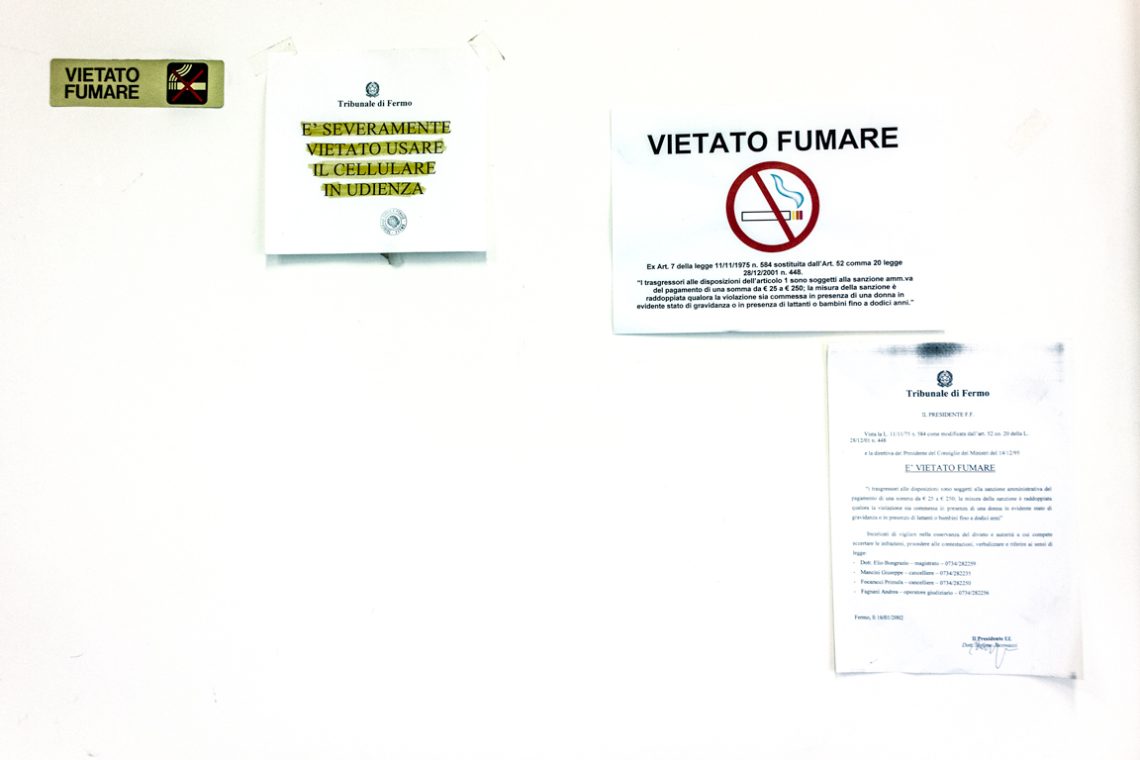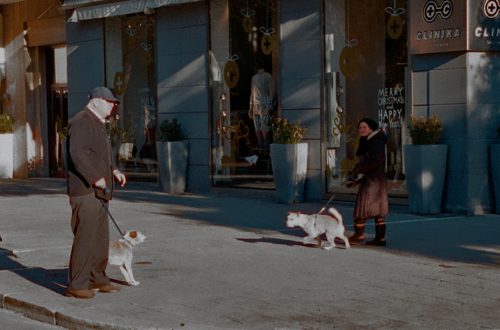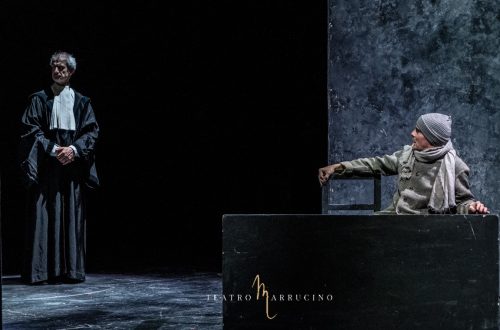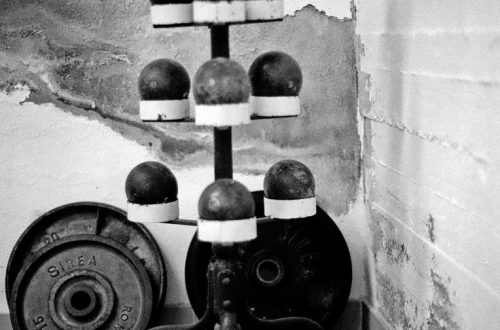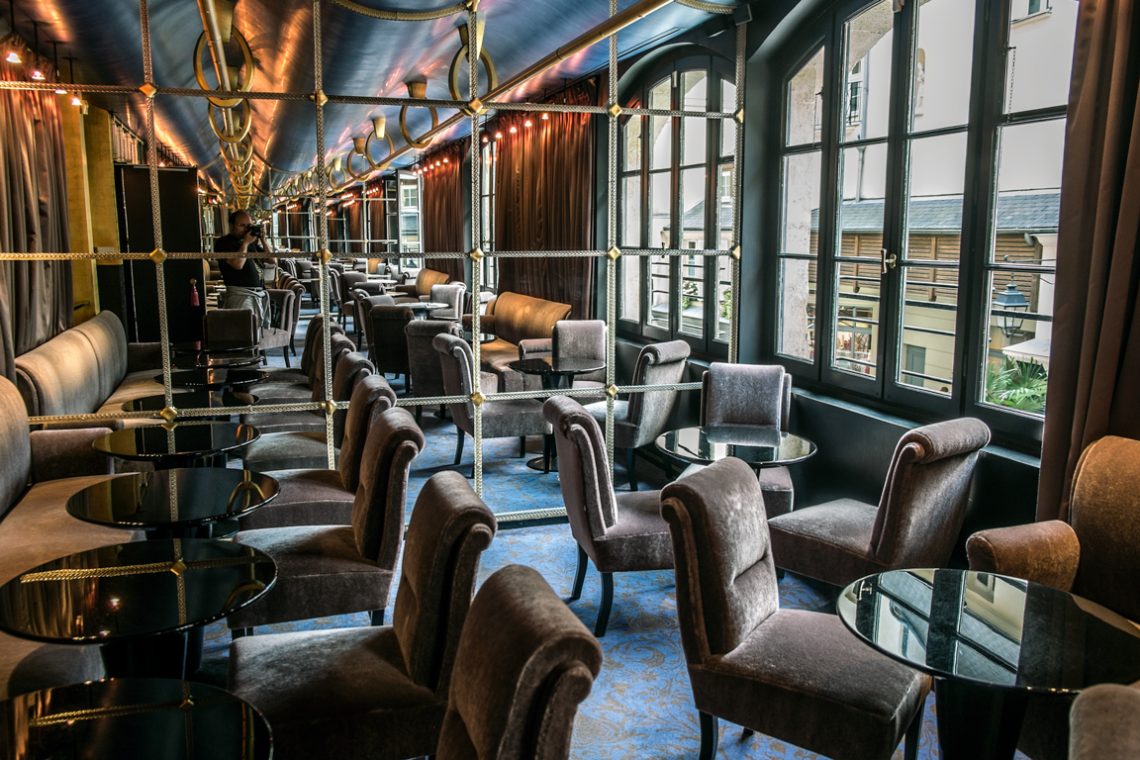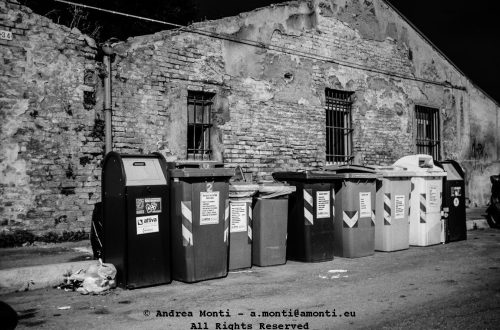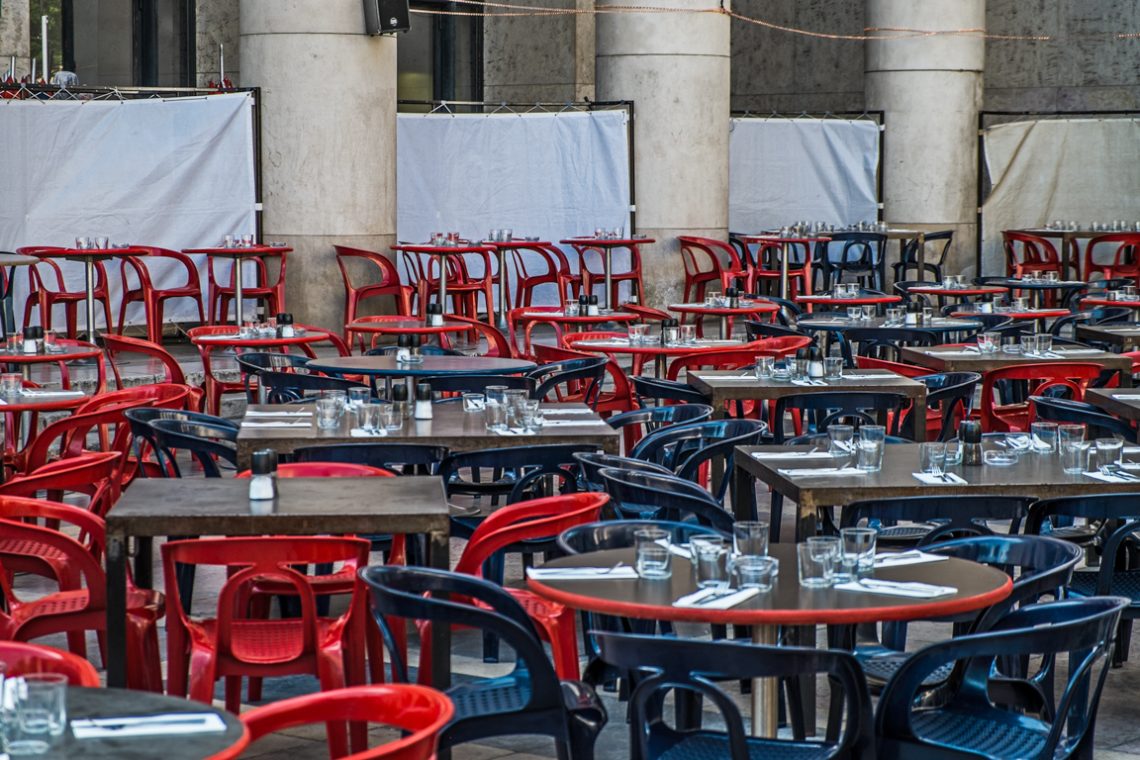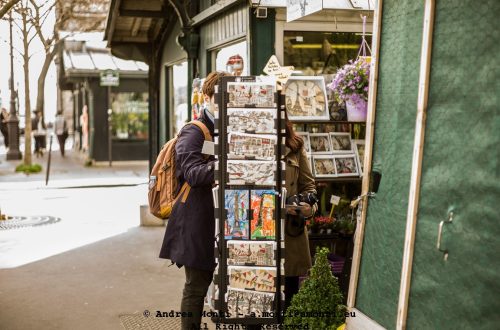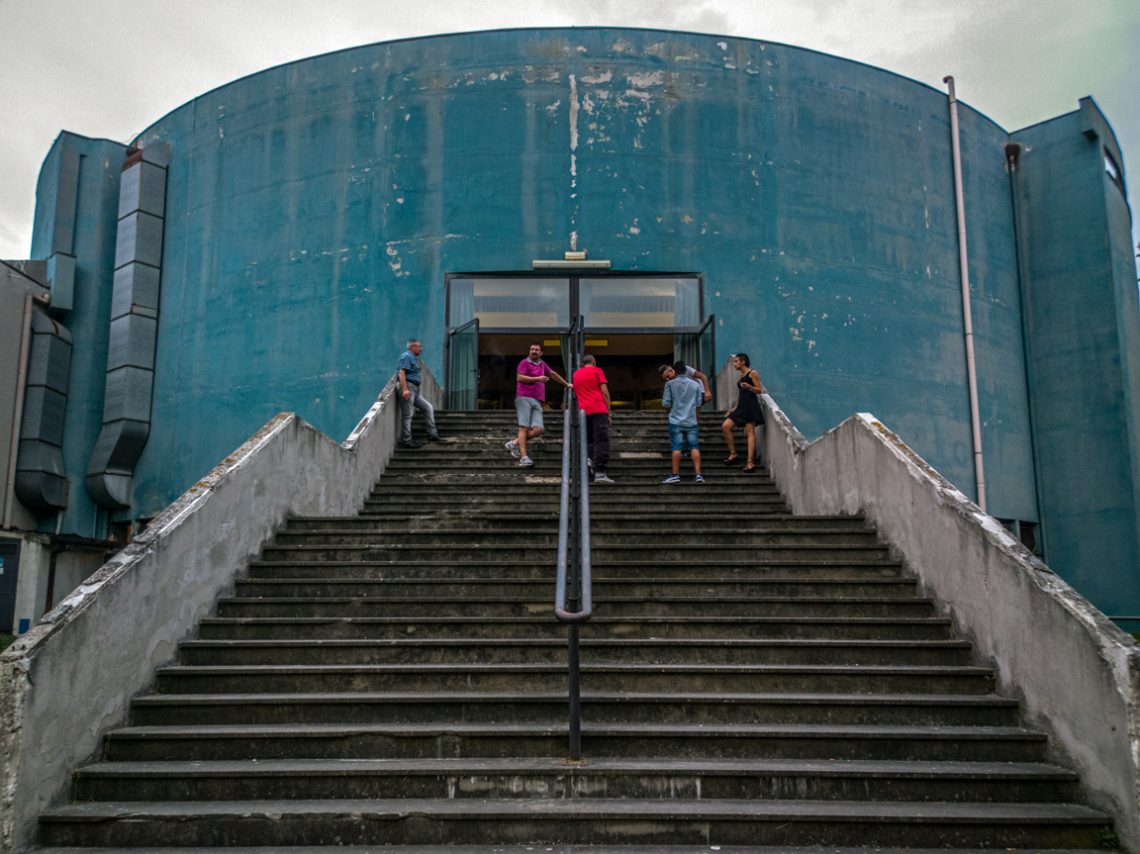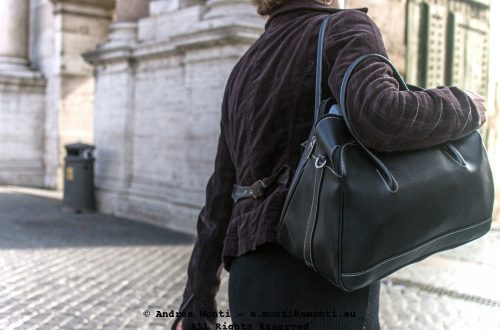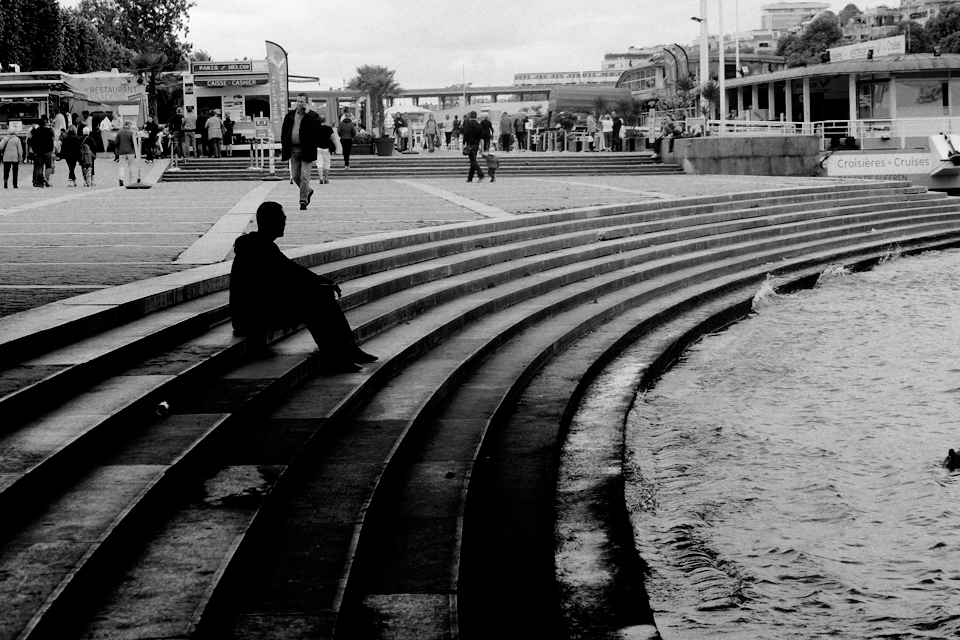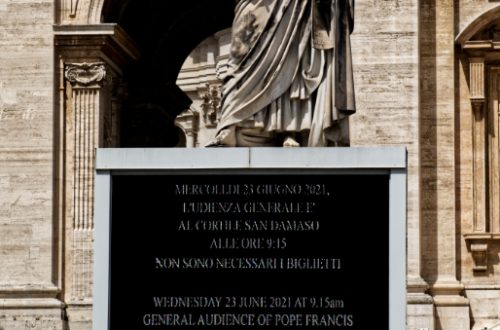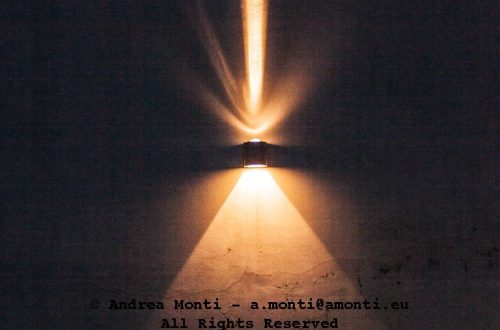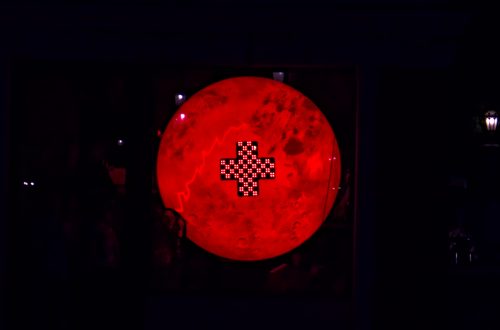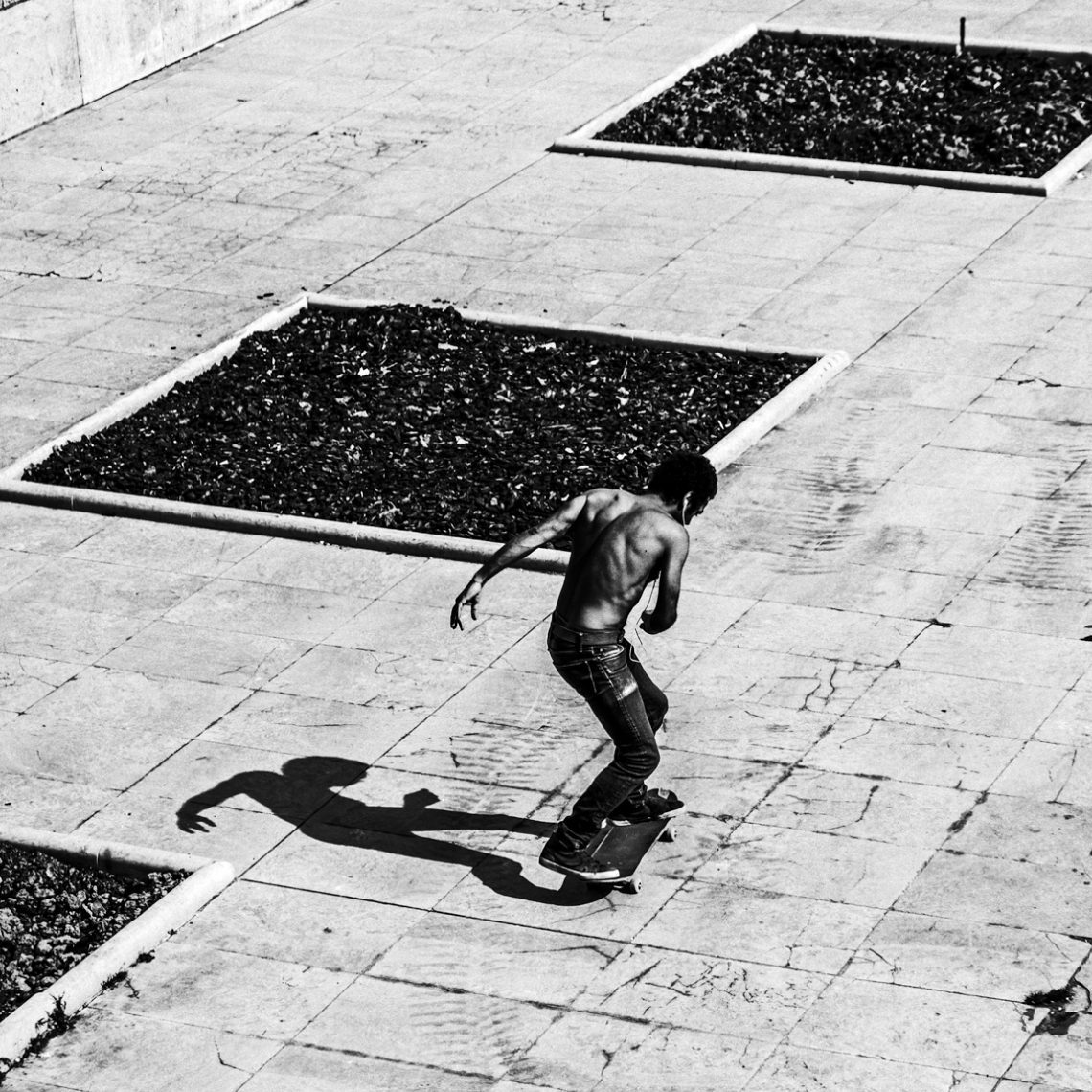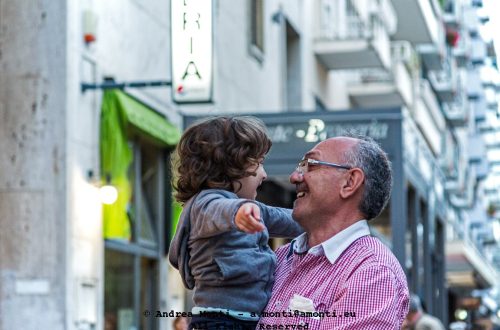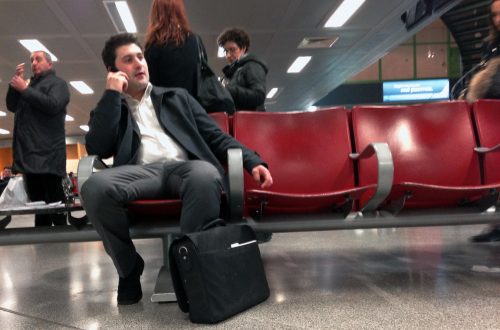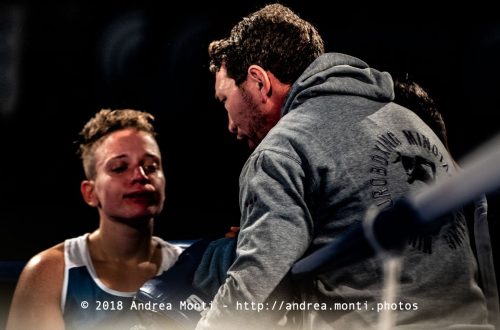-
Alfa (1750) … Dog
There’s something wonderfully fitting about photographing an Alfa Romeo 1750 with a Leica M9. Both are unapologetically old-school, machines that demand your attention and reward patience rather than speed. Neither will do the work for you — they expect you to know what you’re doing, and they don’t forgive sloppiness. I didn’t want the whole car. That would have been too easy, too obvious. Instead, I went in close, focusing on the sweep of that impossibly red wing, the chrome stalk of the lamp, and the way the bodywork catches the light like a perfectly tailored suit. With the M9’s CCD sensor, the reds come alive — rich without bleeding,…
-
Oh…MG!
Photography has an enduring love affair with contrivance. We dress it up in words like composition, timing, narrative—but at the core, it’s a carefully manufactured illusion, an assembly of elements that never truly existed together until the shutter stitched them into one frame. This image is a perfect case in point. Foreground: the polished rear of a vintage MG, British racing green, bristling with dials, a leather-strapped spare wheel, and a backpack so perfectly positioned it feels like a prop from central casting. The badge on the leather flap and the Union Jack sticker complete the period-drama perfection. Background: a passing moment, a pair of sunlit legs and a cropped…
-
Side by Side, Ready to Ride
This frame was built on balance. Two helmets, nearly identical, sit side by side on the backrest of a motorcycle seat. They mirror one another—not just in design but in posture. The leather-padded visors tilt forward with a sort of casual symmetry, as if waiting to be picked up, used, returned. There’s no motion, but the suggestion of movement is embedded in the gear itself. The background bleeds into a blur of industrial orange fencing and out-of-focus pedestrian elements, hinting at the urban setting without forcing it. I shot this wide open at f/1.8, letting the shallow depth of field isolate the helmets from their surroundings. What results is a…
-
Spectral Lotus
Shot handheld with a Leica M9, this image was less about the car and more about the apparition it became under sodium vapour light. The Lotus, unpainted and unadorned, swept through the urban silence like a silver ghost. I wasn’t expecting it—no barricades, no marshals—just a curve, a rumble, and that brutalist sculpture on wheels appearing from nowhere. What caught my eye first wasn’t the vehicle itself but the way it reflected the city’s tired lights. The aluminium skin bounced back hues from old shop signs and streetlamps, turning the body into a temporary canvas of moving golds and yellows. The reflections aren’t clean. Nor are they meant to be.…
-
Balilla
Some cars don’t just roll into view—they make an entrance. This Fiat Balilla, polished to the kind of deep red you only get from decades of careful ownership, sits dead-centre in the frame as if the entire piazza has been rearranged to suit it. The symmetry is irresistible: the grille’s vertical bars, the balanced curve of the wings, the twin headlamps gleaming like theatre spotlights. CompositionFraming here is deliberate and effective. The Balilla claims the central axis, with bright orange crowd-control barriers creating a vivid frame-within-a-frame. The people behind form a secondary layer, offering scale and a sense of place without competing for attention. It’s an image that works because…
-
Table Dressing
-
Lost
-
Nice Drink
-
Are you Sure?
There is a delightful dissonance at work in this photograph, taken on Venice’s docks. We expect wedding portraits to be carefully curated affairs — romantic, timeless, perhaps even a little clichéd. Yet here, the scene unfolds against a backdrop of a bright yellow, graffiti-stained container, with stacks of bottled water and the raw brick of a church wall behind it. From a compositional perspective, the frame is well balanced. The groom, positioned to the left, strides toward the bride, who stands slightly off-centre to the right. The eye is drawn naturally from him to her, and then to the small entourage of photographers and onlookers who appear more amused than…
-
The Stroller
-
Indifference
They might be travelling together, but their body language tells a different story. I spotted them in Venice, sitting mere inches apart, yet continents away in attitude. She looks ahead, arms crossed, eyes shaded, posture closed. He’s buried in his phone call, face half-covered, shoulders turned. The irony of their proximity to water — a place where people typically pause, connect, reflect — only heightens the emotional disconnect. Compositionally, I was drawn to the layered diagonals: the canal’s edge slicing across, the dock projecting out, the visual wall created by their backs. Their separation isn’t just emotional — it’s architectural. Framing them just off-centre, I allowed the background vaporetto and…
-
The Porter
There is a peculiar rhythm to Venice in summer — a constant shuffle of feet, a hum of voices in a dozen languages, the clack and roll of suitcase wheels over stone. This image came from within that chaos, taken almost in the middle of the stream. The porter is pushing against the tide, a functional counterpoint to the leisure of the surrounding crowd. His trolley, loaded with a fortress of luggage, dominates the frame, almost spilling out toward the viewer. The sign with his name and “authorized” status lends a touch of officialdom to what is otherwise a raw, physical job. I positioned myself low and close, so the…
-
The Violinist
-
Aren’t Tapas Spanish?
Wandering through Venice, I came across this signboard outside a small eatery, its hand-painted letters enthusiastically proclaiming Cicchetti – Typical Venetian Food – Tapas. The first two lines make perfect sense: cicchetti are indeed a hallmark of Venetian gastronomy, those small, flavourful bites served in bàcari across the city. But then comes the curious third line: Tapas. A word so rooted in Spanish culinary identity that seeing it coupled with “typical Venetian” is enough to raise an eyebrow — and perhaps a smile. From a photographic perspective, the image is a straightforward yet effective piece of documentary work. The sign is centred and fills the frame, allowing the viewer to…
-
Mediterranean Games 2009
The cover image distills the Mediterranean Games 2009 into a single, decisive moment. Two judokas are locked in the opening clinch, bodies pressed forward, balance and leverage in a delicate contest. The Italian athlete’s gi dominates the frame—white fabric, bold blue “ITA” lettering, the name Frezza stitched above. Behind, the blurred figure of the opponent fades into a wash of deep blue, the background dissolved into the anonymity of the crowd and banners. It’s an image that works not by showing the entirety of the sport, but by narrowing the lens to the moment of contact. You can almost feel the strain in the forearms, the push of shoulders, the…
-
Hi-Tech Temptation
The contrast was immediate and irresistible — two Buddhist monks, their robes a saturated blaze of orange, standing in front of a shop window brimming with the shiny clutter of modern consumerism. The scene unfolded in Venice, a city that thrives on paradoxes, and the colour clash alone could have carried the frame. But the real intrigue came from the posture of the two figures: one more open, almost leaning toward the display, the other turned slightly away, as if holding a polite distance from the pull of it all. Technically, the shot benefits from the light that bounces generously along Venetian streets. It’s a soft daylight, diffused just enough…
-
Hey Mister!
Shot mid-morning in hard light, narrow Venetian alley, high pedestrian flow. The frame snapped into place by instinct—the older tourist in the foreground, the younger porter directly behind, moving toward the same vanishing point. No interaction between them, yet the composition forces a silent narrative: one leading, the other following, as if engaged in negotiation. They weren’t. Framing was tight but deliberate. I stepped back half a metre to let the porter’s hand, cart, and stance fall into line with the man’s shoulder. Their postures echo: left arm bent, forward step, gaze off-frame. Depth compresses them, flattening the spatial truth into a compositional fiction. The scene holds three depths: chalkboard…
-
Different Loads
I’ve always been fascinated by how the street can arrange itself into small, unplanned narratives. Here, the frame catches two distinct burdens: a man in the foreground carrying a large, wrapped package clasped tightly in his arms, and another, further back, wheeling a suitcase with the ease of modern travel. Between them, a handful of passers-by slip through the scene, each in their own rhythm. The composition benefits from a strong foreground element — the man’s folded hands over the package create both texture and a sense of intimacy. They also form a visual block that forces the eye to travel diagonally into the depth of the frame. The background…
-
Which Part of “No Smoking” Got You Lost?
In the waiting hall of the local court, the walls speak louder than the people. Four separate notices, two of them screaming Vietato Fumare in different typographic voices, one barking about mobile phones, and another swathed in the formal tone of bureaucracy. It’s not so much signage as it is a visual overkill — a redundancy parade that says as much about the environment as it does about the rules themselves. I framed this shot to exaggerate the emptiness around the signs. The expanse of bare white wall creates an almost comical isolation, leaving the text to float in their own authoritative bubbles. The placement isn’t random — I kept…
-
Waiting For The Patrons – 2
-
Waiting For The Patrons – 1
Rows of empty tables fill the frame, each one neatly set with glasses, cutlery, and the small black silhouettes of salt and pepper shakers. The chairs—red and blue—alternate without any strict pattern, giving the scene both order and disorder at once. The repetition draws the eye deep into the image, yet the absence of people leaves it eerily still. In the background, columns rise like structural sentinels, breaking the rhythm of the tables. Behind them, white sheets hang, blocking whatever lies beyond. These barriers, makeshift and plain, add to the sense that this place is on pause—prepared for service, yet suspended in anticipation. The light is soft, diffused, and without…
-
At the theater, between two scenes
I took this on instinct. The curtain was down inside, but the real theatre was unfolding on the steps. Not dramatic, not rehearsed — just a handful of people suspended in that odd in-between: not quite arriving, not quite leaving. They scattered themselves across the stairs as if cast by some unseen director. The architecture held them. A brutalist façade, cyan-oxidised and flaking like tired makeup. The symmetry of the stairs did most of the compositional work — I just centred the frame and waited. The banister slices the image vertically, anchoring the eye. One figure leans left, one right, each adjusting the balance. Technically, it’s a colour study wrapped…
-
Pensive
This black-and-white image, taken along the riverside steps in Paris, captures the quiet weight of stillness against a backdrop of movement. At the centre of the frame sits a lone figure, their silhouette defined against the lighter tones of the water. They face away from the crowd, turned toward the river’s shifting surface, embodying a pause in a city otherwise in motion. CompositionThe most compelling element of this photograph is its use of leading lines. The sweeping curve of the steps pulls the eye from the lower right of the frame directly toward the seated figure, and then out toward the distant pedestrians. This arc not only structures the scene…
-
Skating at Palais de Tokyo
